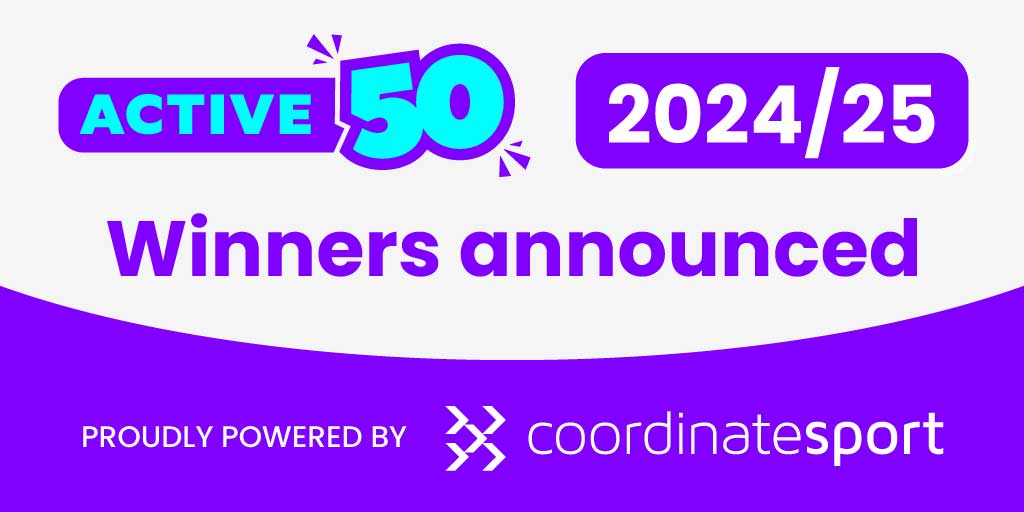New statistics released by Sport England show that inactivity amongst children has increased during the pandemic.
A third of children are classed as inactive due to less than 30 minutes of daily exercise and the majority are no longer doing their recommended 60 minutes of daily exercise.
The effect of inactivity across the lifetime of 11–25-year-olds has been estimated at £53.3 billion. Restrictive regulations designed to slow the progression of the pandemic have seen a 16% drop in children taking part in team sports, athletics, running and swimming.
Sport England CEO Tim Hollingsworth said: “The pandemic has had a huge impact on children and young people’s engagement in sport and physical activity.”
Schools have closed or modified their learning environments in successive lockdowns making normal PE lessons inconsistent.
Larger amounts of learning are now taking place online compounded by bad weather and darker evenings. A third of children are now classed as ‘inactive’ with less than 30 minutes of daily exercise completed, rising 2.5%.
Fewer schools open and exhaustive restrictions have resulted in many activities companies furloughing staff. Many in-person classes on school grounds such as breakfast and after-school clubs as well as provisions for holiday clubs have been cancelled across the country.
Youth Sport Trust Chief Executive, Ali Oliver, has highlighted the need for a ‘bold national plan’ to prevent the effects of the academic year 2019/20 having long-term effects.
An Active Lives survey has illustrated not only the impacts of inactivity, but shown how inequalities in the UK have affected participation.
Around 3.2 million children have remained active with cycling, walking and home fitness but for low-income households and those used to team sports, the effect has been dire.
Jack Shakespeare at ukactive pointed to “stark inequalities” across the country and the need for “joined up national strategy” to combat inactivity with children at the core.
Listen to some of Jack’s thoughts from his podcast episode here
The activities industry has explored new trends with online classes and content to get children moving. Many children have engaged with social media sessions including PE with Joe Wickes and Jump Start Jonny.
Videos designed to break down exercise into manageable parts are now available across social media channels.
Capitalising on social media, activities companies have set daily challenges, offered short video tips about how to stay healthy during the lockdown or exercises to combat sitting down all day.
Virtual fitness classes have skyrocketed with successive lockdowns. Members are now paying for subscriptions to activities for children and adults.
Fitness has been used as a way to combat social isolation, with people choosing to join or become more involved with fitness communities. Not only with outdoor exercise but in using apps for group fitness or to track exercise.
Continuing to work in this capacity, gives the industry a firm chance of bouncing back as restrictions decrease.









